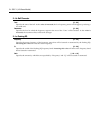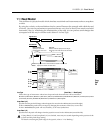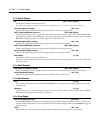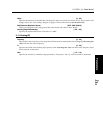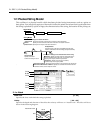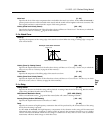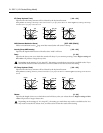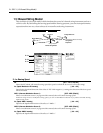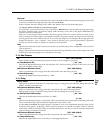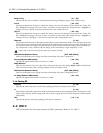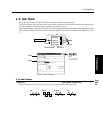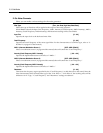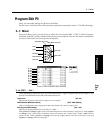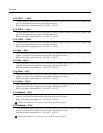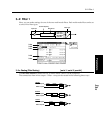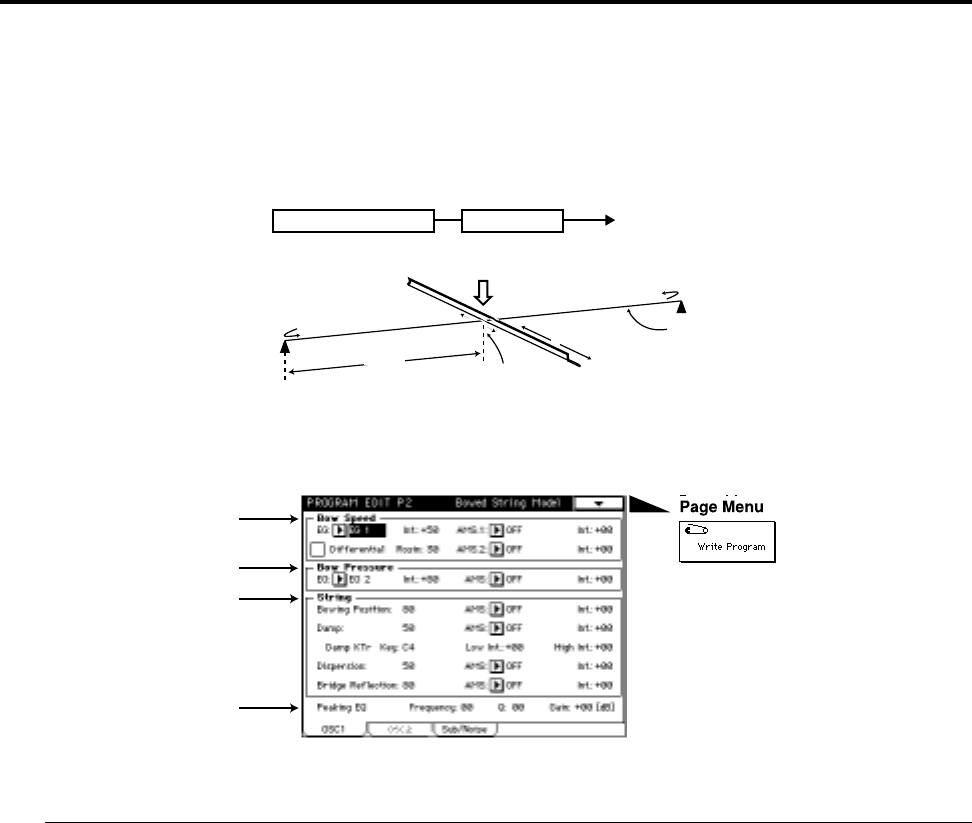
13: Bowed String Model
This oscillator is a physical model which simulates the sound of a bowed string instrument such as a
violin or cello. By controlling the bowing speed and the bowing pressure, you can create performance
expressions that are very close to those of an actual bowed string instrument.
2–1a: Bowing Speed
EG [EG 1…EG 4, Amp EG]
Selects the EG which will control bowing speed (the speed at which the bow moves across the string).
Int. (Speed Modulation EG Intensity) [–99…+99]
Specifies the depth and direction of the effect of “EG” With negative (–) settings, the direction of the bow speed
will be inverted.
AMS.1 (Alternate Modulation Source 1) [OFF…MIDI (CC#83)]
Selects a modulation source 1 (
☞
page 64 of this manual) that will control bowing speed.
Instead of using an EG to modify the bowing speed, you can use the Ribbon Controller or Joy Stick to simulate bowing
without using an EG.
Int. (Speed AMS.1 Intensity) [–99…+99]
Specifies the depth and direction of the effect of “AMS.1.”
AMS.2 (Alternate Modulation Source 2) [OFF…MIDI (CC#83)]
Selects a modulation source 2 (
☞
page 64 of this manual) that will control bowing speed.
Int. (Speed AMS.2 Intensity) [–99…+99]
Specifies the depth and direction of the effect of “AMS.2.”
2:1 OSC 1 (13: Bowed String Model)
Parameters related to the string
String Damp
Dispersion
String vibration
String
Bow
Position
Bow Speed
Pressure
Bridge Reflection
Bridge Reflection
Bowed String Model
Bowed String Model
Peaking EQ
2–1a
2–1b
2–1c
2–1d



